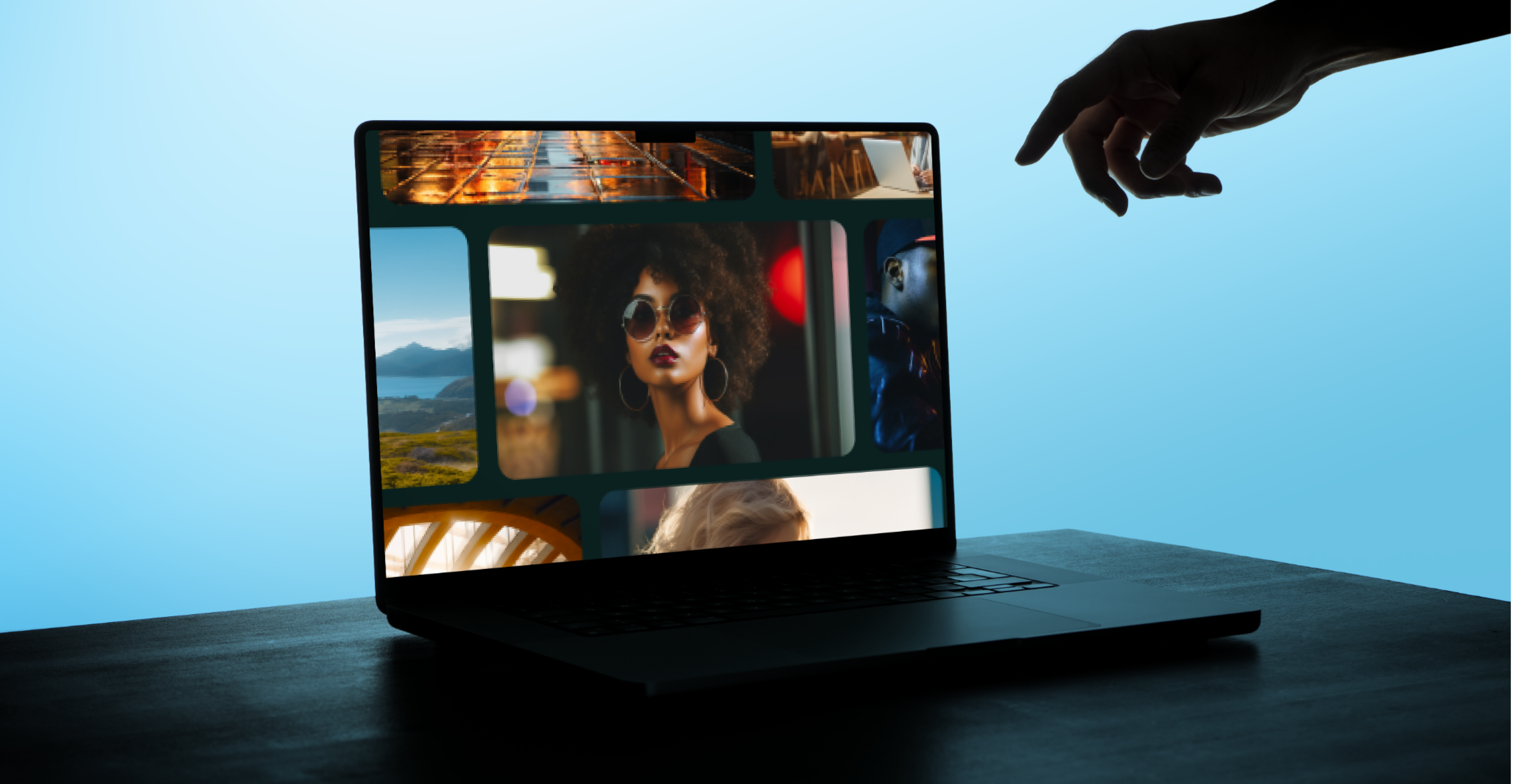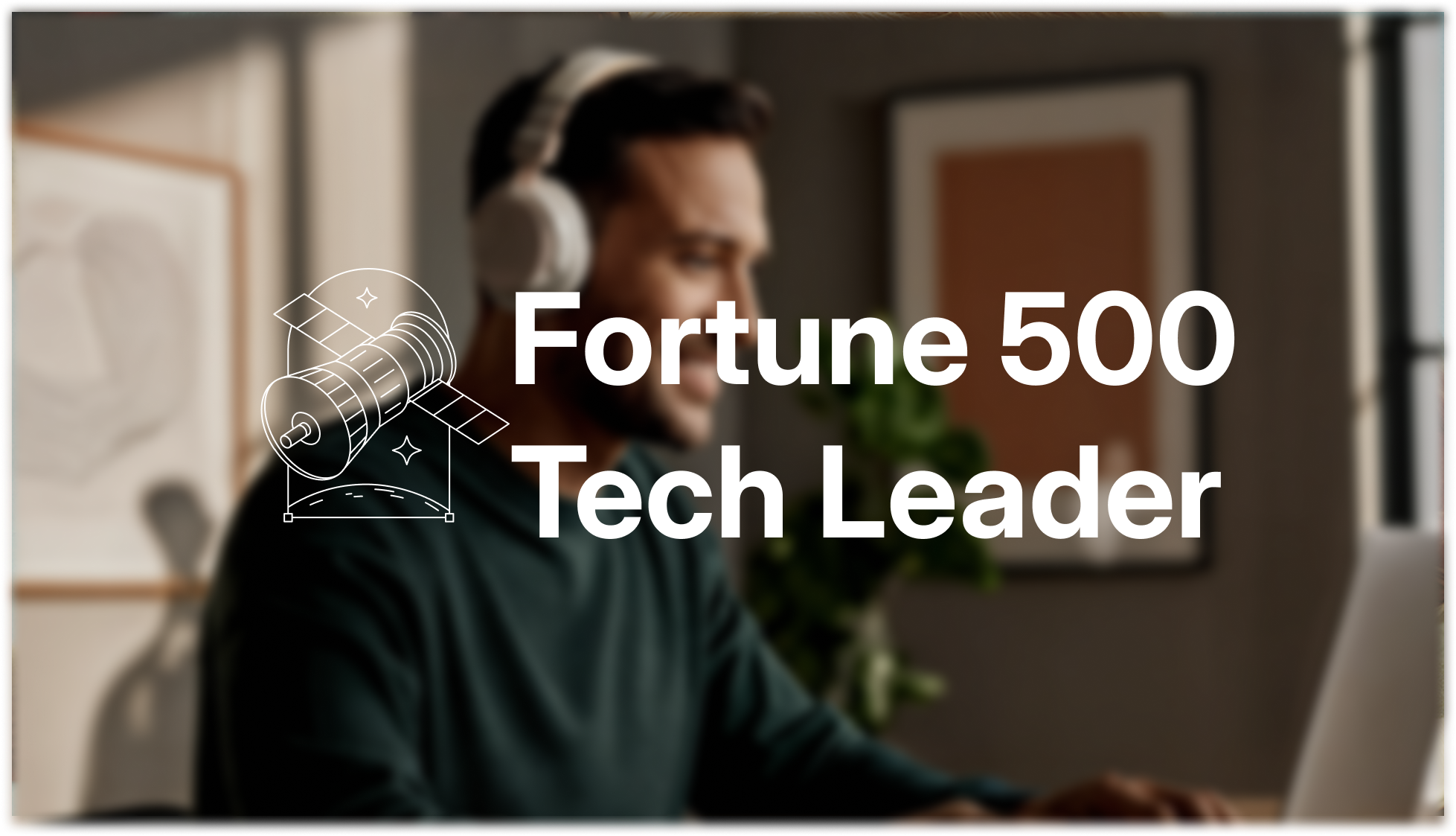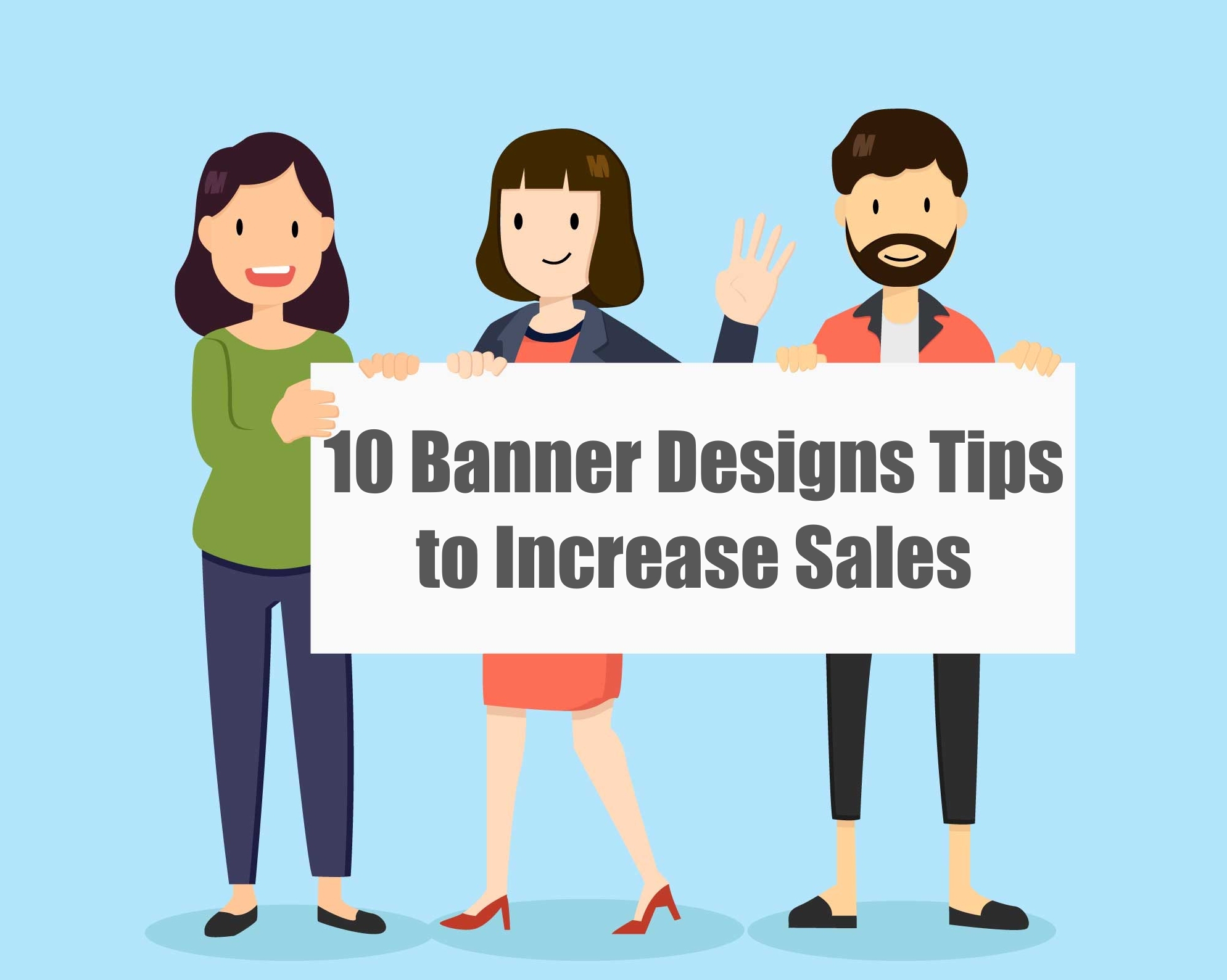
Influencer.
Just reading the word, your frontal lobe lit up like a bulb. You may have an opinion, anywhere from “ugh, Alexa Chung is selling Louboutin shoes” to “Alexa Chung just sold me my Louboutin shoes”. That’s what makes influencer marketing so effective: However you encounter it, those shoes are on your mind.
The respect you have for someone you follow lends credence to the things they choose to promote. And if you don’t follow them, but have them show up in your feed? Good god, those 18,562 people online really seem to like this lady’s shoes. Most people will leave with a positive impression of the brand, and even those that hold a grudge against the brand.
Your audience is on TikTok, Facebook and Instagram, and they’re being fed suggestions about what to buy several times per sitting. An influencer is just a marketer on social media that people like.
Let’s talk about what influencer marketing is, why it works, and how to make it work for you in B2B marketing.
What You’ll Learn
What is Influencer Marketing on Social Media?
What is a B2B Influencer Marketing Campaign?
What are the Benefits of Social Media Influencer Marketing?
What You’ll Need for B2B Influencer Marketing Campaign
How to Build a B2B Influencer Marketing Strategy
Influencer marketing is using popular social media figures to build positive sentiment towards a brand. Notable examples include influential household names or celebrities like The Rock promoting gym products, or Sofia Vergara touting the merits of any number of beauty products.
These are usually industry-specific, meaning you’re more likely to find a tech guru selling web development services than shoes.
Content Creators Or Influencers?
Don’t lump influencers in with content creators by default, though. Where an influencer posts sponsored content to convince their followers to consider a brand, a content creator develops original content (videos, images, graphics etc.) that serves to introduce the brand to audiences usually outside of the creator’s direct influence.
They can and often do overlap, but it’s best to focus on both in terms of the relationships they necessitate.
Using a specific influencer is mostly a one-and-done affair for a business or agency, but a content creator can become the face of your brand for years to come. A modern business would hire a content creator, but pay an influencer.
Which one you should use depends on whether you’re looking exclusively for a boost in followers, or a long-term brand “voice”.
Boosting Your Profile versus a Long-Term Brand Voice
Boosting your profile and having a long-term brand "voice" are two very different approaches to influencer marketing. A boost in profile is about one-time exposure - it’s about creating a quick spike in interest or purchase intent.
Having a long-term brand "voice" means building relationships with influencers - and by extension your audience- over time.
Influencer Marketing Requires a Strategy
At the same time, influencer marketing for B2B companies also requires a bit of marketing strategy to ensure success. By focusing on influencers who are most in line with the company's values and mission, marketers can cultivate more meaningful relationships while still connecting with the right, key industry influencers.
Furthermore, developing a clearly articulated influencer goal and providing influencers with content that resonates is also essential for successful B2B influencer marketing campaigns.
What is B2B Influencer Marketing?
B2B influencer marketing is using the right influencers to build positive brand sentiment from businesses (rather than individual customers). When modern B2B companies need to endear themselves to targeted companies, they’re increasingly relying on influencers to do so.
These influencers may be bloggers, journalists, or even regular customers, rather than targeting the general public.
By identifying and partnering with the right influencers who have sway over potential buyers, companies can generate more qualified leads and drive ROI from their marketing advertising campaigns.
The influencer, who’s well-known and/or well-versed in the target’s field, will typically demonstrate the necessity for the B2B company’s product or service in a post or video distributed through their social channels.
In it, they’ll illustrate an industry-specific problem being (usually) effortlessly solved with the help of the business in question.
It’s a simple and effective way of accessing a key audience while also showing them how the product or service works.
Influencer marketing has proven a rewarding advertising technique for countless businesses, and it’s affecting the way we behave as consumers in general. 49% of people say they’ve purchased a product after seeing it used by an influencer on social media, and 51% of marketers say influencers help them acquire better customers.
Influencer Marketing Statistics
People are also 94% more likely to trust the opinion of an influencer over their friends or family when making a shopping decision. This is helped by the fuzzy gradient between influencers and content creators, who often overlap.
For example, a YouTube survey suggests 4 in 10 millennial subscribers feel their favorite content creator understands them better than their friends.
The widespread trust that followers have for their chosen influencers results in companies earning an average of $5.78 for each dollar spent on influencer marketing campaigns.
By the end of 2022, the global influencer marketing industry is expected to be valued at $15B — a huge jump from $9B two years earlier. Businesses are seeing the pull that industry-specific celebrities have on sales, and many are doubling down.
So, yeah. Influencer marketing works.
Source: Influencer Marketing Hub
What You’ll Need for B2B Influencer Marketing Campaigns
It can be tempting to shell out any number of marketing dollars in attempts to make a splash in your industry's market, but slow your roll: An influencer isn’t a brands expert, and they’re unlikely to do much more than give your business a little push in the right direction of potential customers.
Influencers are a launch pad for prospective businesses to make first contact with your brand.
For your efforts to amount to more than a few hundred extra likes on Instagram or Facebook, you’ll need a soft place for those prospects to land. If clicking on their influencer’s link doesn’t take them to content that convinces them to investigate further, many will drop off.
Why should they leave the gratifying content of their social media channel for something less exciting?
Design is Key
That’s why it is so important to ensure the link leads to online content that speaks directly to the reasons someone followed your influencer in the first place.
Design is key; you need to make sure that your influencer’s landing page is sleek and professional, with a clear call-to-action.
Make sure that the content you create is not only unique but also offers something of value. What can a potential customer learn? What will they gain from consuming it? Why should they choose your product or service over another?
What to Include in your Influencer Marketing Strategy
Include images, videos, and other multimedia to provide a more engaging user experience. Focus on the quality of your content rather than the quantity; it should contain information that is relevant to the influencer’s viewers, as well as details about what makes your product or company different.
This means having a web presence that’s full of consistently engaging content that demonstrates your value, expanding on the promise made by the influencer while capturing the prospect’s curiosity.
It takes the form of appealing and appropriate branding (imagery, colors, graphics), motion graphics, videos and copy that succinctly identifies and addresses their business concerns.
Oh, and it’s got to be clever.
This can be a cumbersome process and is beyond the scope of many capable in-house design teams (who have their hands full with endless adjacent marketing tasks). On top of this, building brands comes with a sizable amount of market research and brand stewardship that exceeds what even the best in-house designers can muster.
For this reason, it helps to hand off projects like these to a dedicated design service like Superside that can transform your brands without increasing headcount, costs and adding salaries to your marketing budget.
B2B Influencer Marketing Platforms
You might expect finding and onboarding an influencer to be as easy as waving a big bag of cash in their general direction. While your heart’s in the right place (your wallet), there’s a lot that goes into finding the right influencers for your brands, not just a big budget.
Be wary: Many posts -like on Instagram- are tailored towards B2C brands, but market themselves as one-size-fits all tools useful for any business. While they may have some functionalities that align with your business’ needs, the majority attract and find influencers popular in the B2C sphere. Do your research before committing to an influencer marketing campaign and see if there are month to month plans so you can see if it works for you!
How to Build a B2B Influencer Marketing Strategy
In building a strong B2B influencer marketing campaign, you’ll need to have already done the marketing legwork in identifying your target audience for your message. With that in mind, here are some broad steps that’ll move you in the right direction.
Identify Your Goals and KPIs
What would a successful influencer marketing campaign look like for your B2B business? Are you hoping to establish your authority within your industry niche, or get clients for a specific product/service? These two goals require two different types of strategies, so it’s best to pick a lane for a given influencer strategy and stay in it.
How will you know you’re hitting your target? Common metrics include site traffic and follower count, but don’t let those restrict you: Any form of digital engagement can be used as a measurement of efficacy. Set figures for audience engagement (click-through rates, shares, likes, comments etc.), conversions, organic search and site traffic, and set a target for your share of voice.
Be realistic about these KPIs — remember, influencer marketing is about building positive sentiment. Nothing worthwhile gets built overnight.
Research Influencers in Your Space
Are your competitors making influencers part of their strategy? Check who they’re using, see how they’re using them and look at the response they’re getting. Is there lots of engagement on their marketing posts? Try finding someone of similar status and tweak the formula just enough to speak to your business’ unique attributes. Are posts falling flat compared to the influencer’s other sponsored posts? Take note and don’t do what they did.
LinkedIn and Twitter have huge B2B audiences, making them great places to find an appropriate influencer. You can even use LinkedIn’s advanced search filters to narrow them down by location, company size and other relevant criteria.
Consider that you may have existing advocates as well. Check with your customer database (or even social followers) to see if there may already be someone with influence in your court.
Shortlist and Reach Out to Influencers on Social Media
Once you’ve got some names in your little black book, shortlist them by finding the ones whose expertise, reach and tone aligns with the goals you set. Having a bigger audience isn’t always better, so find social media influencers you can trust to do your brand justice with the right audience. The more specific your target demographic of followers, the better your chance of conversion.
How to Rope in Your influencer
Unless your chosen influencer has a specific form or email address to which they like marketing requests addressed, reach out to them on their preferred social media platform.
For businesses, this is most often LinkedIn. Bear in mind that an influencer’s inbox is likely to be overflowing with messages of varying use to them, and make it clear in the first line (the one they’ll preview) that you’re a business considering partnering with them.
Another clever way of catching an influencer's attention would be filming a short video for them introducing yourself and outlining how you hope to work together on a social media campaign. This video can be sent via email, LinkedIn and other social media platforms where your influencer is active and has a following.
Educate the Influencer, Discuss Your Goals
Assuming a positive response, now’s the time to start building your relationship. Be transparent about what you’re hoping to get out of working with one another. This is also an opportunity to address any misconceptions you may have about their capabilities or their circle of influence, and ask for their influencer media kit.
From there, you can begin educating the influencer on your business, product or service. The best brand advocates are brand experts, so give them a fair lowdown on what you do and why you do it. Think of it like a light “hiring” process: They don’t need to be overloaded with every facet of your operation, but anything you’d want your key persona(s) to know about what you do should go here.
Discuss and Build Your Influencer Marketing Campaign
If this is your first time working with an influencer, this’ll probably be more of a “watch and learn” experience once you’ve agreed on your goals and given them the scoop on your company and/or product. This is where the tone of the relationship is set.
Have brainstorming sessions with them. See which ideas compliment your business’ best attributes and serve the goals you’ve defined.
Remember that you’re considering an influencer above other forms of marketing for good reason. Your own channels are the place for more overtly sales-y content, and it’s best to let the influencer decide how to talk about your business. They’ve built a substantial following because they know how to talk to their audience. Respect their intelligence and let them do their thing within reason.
When you’ve settled on a course, plan the administrative details (timelines, designated social media channels and platforms, access to necessary products/materials, compensation etc.) and get ready for action.
Execute and Assess Your Influencer Marketing Strategy
Executing the plan rests almost entirely on your influencer’s shoulders, so sit back and watch your campaign(s) unfold. It may be tempting at times to intercept an untoward comment, but know that this is all part of the process. Check in with your influence partner along the way and defer to them on if/how to interact on their channels.
When an influencer campaign ends, reference the results achieved against the metrics you set and discuss what did and didn’t work on the different social media platforms. Evaluate the engagement figures, click-throughs and even comments from followers. Who liked/engaged with the post(s)? Was there any brand awareness? Did they share the post(s), and with whom? What can you learn about presenting your business this way to this demographic?
Let Your Brand Do the Influencing
Partnering with an influencer for your B2B business can be a phenomenal way to reach new audiences. It increases your authority within your industry, and gives you a chance to see how targets react to your brand in real-time. It also allows you to tap into different audiences, gaining you access to individuals who may not have heard about your brand.
Clicks don’t always translate to leads, though. Even the best influencer strategies can fall flat if the branding and content they push to don’t engage on contact. This is why it’s critical to have strong branding that supports the right influencer’s content: The influencer’s post(s) spark interest, but it’s your brand, your digital presence, your whole deal that moves followers to consider your products or services.
This requires the input of dedicated, industry-versed branding professionals who can refine or shape your brand for maximum effect. Together with Superside, your brand and influencer marketer create a package it’s hard to say no to. When well-planned, influencer marketing is a valuable B2B marketing tool that sets the groundwork for greater lead generation and, ultimately, revenue.












